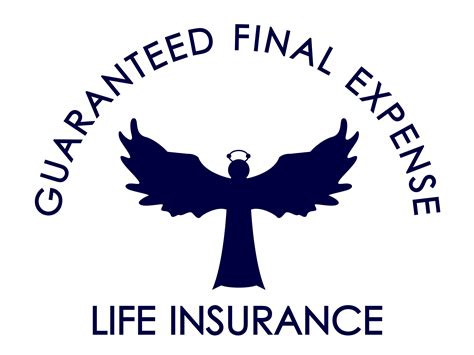What is Final Expense Life Insurance Life Insurance?
Final Expense Life Insurance is a type of Life Insurance policy that is designed to cover the final expenses of an individual after their death. These expenses may include funeral expenses, medical bills, and other costs associated with end-of-life care.
The purpose of Final Expense Life Insurance is to relieve the financial burden of these expenses on the family and loved ones of the deceased. It is also beneficial for individuals who do not have a large estate to leave behind to their heirs. Final Expense Life Insurance can ensure that these expenses are paid for, leaving the individual's remaining assets intact for their heirs.
The cost of Final Expense Life Insurance varies depending on the age, health, and coverage amount of the individual. Unlike traditional Life Insurance policies, Final Expense Life Insurance policies generally have lower coverage amounts and premiums, making it more affordable for individuals who are on a fixed budget.
Some Final Expense Life Insurance policies require a medical exam, while others have no medical requirements and only require a brief health questionnaire to be filled out.
Overall, Final Expense Life Insurance is a valuable option for those who want to ensure their end-of-life expenses are covered and want to alleviate the financial burden on their loved ones.
Frequently Asked Questions about final expense life insurance life insurance
Final expense insurance is a whole life policy that pays medical bills and funeral expenses when you die. It's also known as burial or funeral insurance. It's a popular choice among seniors.
Final expense life insurance, sometimes called funeral expense insurance or burial insurance, is a limited, inexpensive policy designed to cover all of the costs associated with someone's passing.
It Aids With Medical Bills
If you have any outstanding medical bills after your death, it's up to your family to pay them. A final expense insurance policy could give them the funds to either fully pay off your debt, or at least aid in the payments.
When the insured person dies, the policy's named beneficiaries will receive the policy's face value, or death benefit. Term life insurance policies expire after a certain number of years. Permanent life insurance policies remain active until the insured dies, stops paying premiums, or surrenders the policy.
Some of the essentials covered include: Funeral arrangements, including embalming, casket, flowers, and services. Burial costs, including cremation, burial plot, headstone, and interment. Outstanding medical, legal, or credit card bills.
Proven Lead Generation Campaigns
Also known as “burial insurance” or “funeral insurance,” final expense insurance ensures that a senior's beneficiaries will have the money they need to cover the cost of death and funeral arrangements after their loved one's passing.
Consider Leads Outside of Your Target Market
Your target market for final expense is low-to-middle-class seniors, ages 50 and above. But, don't limit yourself to this age demographic!
Insurance expense, also known as insurance premium, is the cost one pays to insurance companies to cover their risk from any unexpected catastrophe. It is calculated as a set percentage of the sum insured and is paid at a regular pre-specified period.
The final accounts of a life insurance company consist of (a) Revenue Account, (b) P&L A/c and (c) Balance Sheet.
Here are the different types of life insurance plans and their features and benefits, so you can pick the most suitable one:
- Term Insurance Plans.
- ULIPs – Unit Linked Insurance Plans.
- Endowment Insurance Plans.
- Money Back Insurance Plans.
- Whole Life Insurance Plans.
- Child Insurance Plans.
- Retirement Insurance Plans.
Common expenses might include:
- Cost of goods sold for ordinary business operations.
- Wages, salaries, commissions, other labor (i.e. per-piece contracts)
- Repairs and maintenance.
- Rent.
- Utilities (i.e. heat, A/C, lighting, water, telephone)
- Insurance rates.
- Payable interest.
- Bank charges/fees.
3 Main Types of Expenses
- Fixed expenses. Fixed expenses are the easiest to budget for. Because they are fixed, they are easy to predict.
- Periodic expenses. Periodic expenses are similar to fixed expenses.
- Variable expenses. As the name suggests, variable expenses can fluctuate a lot.














